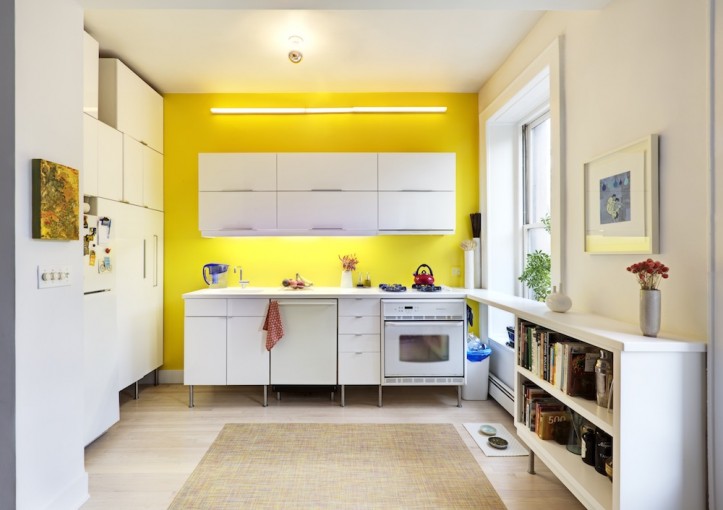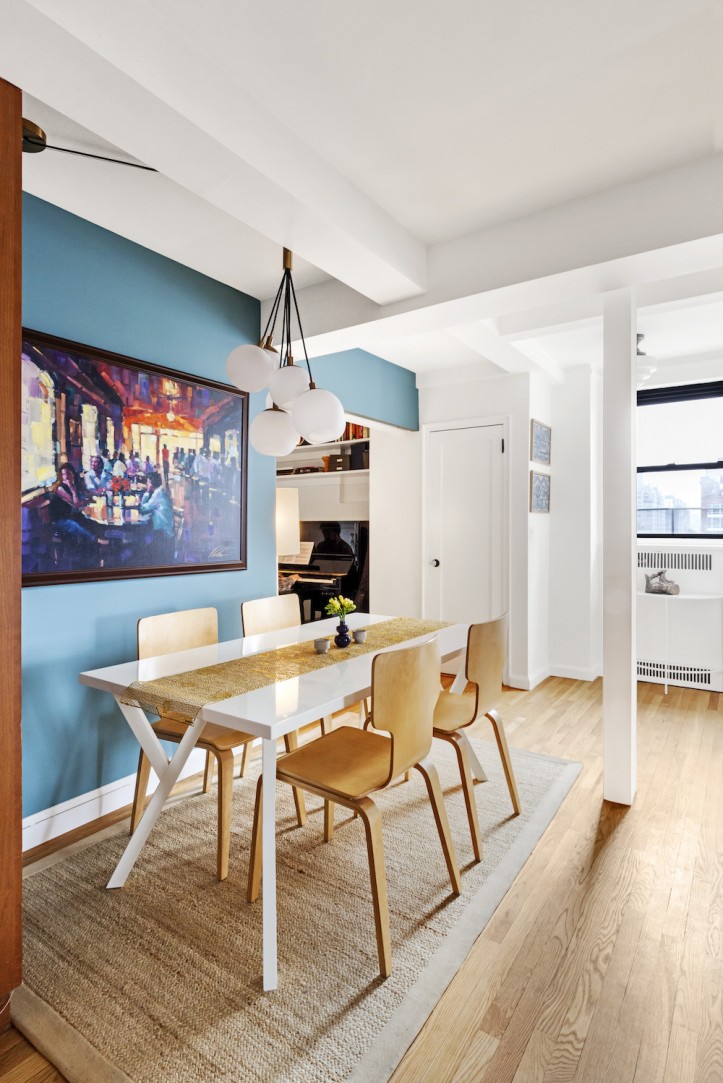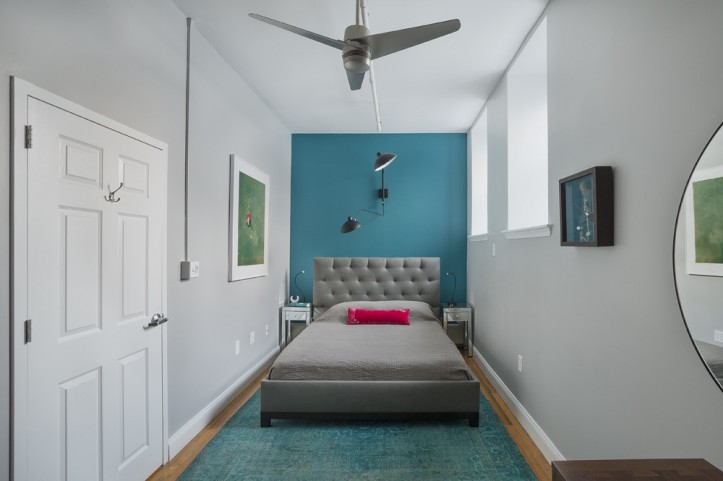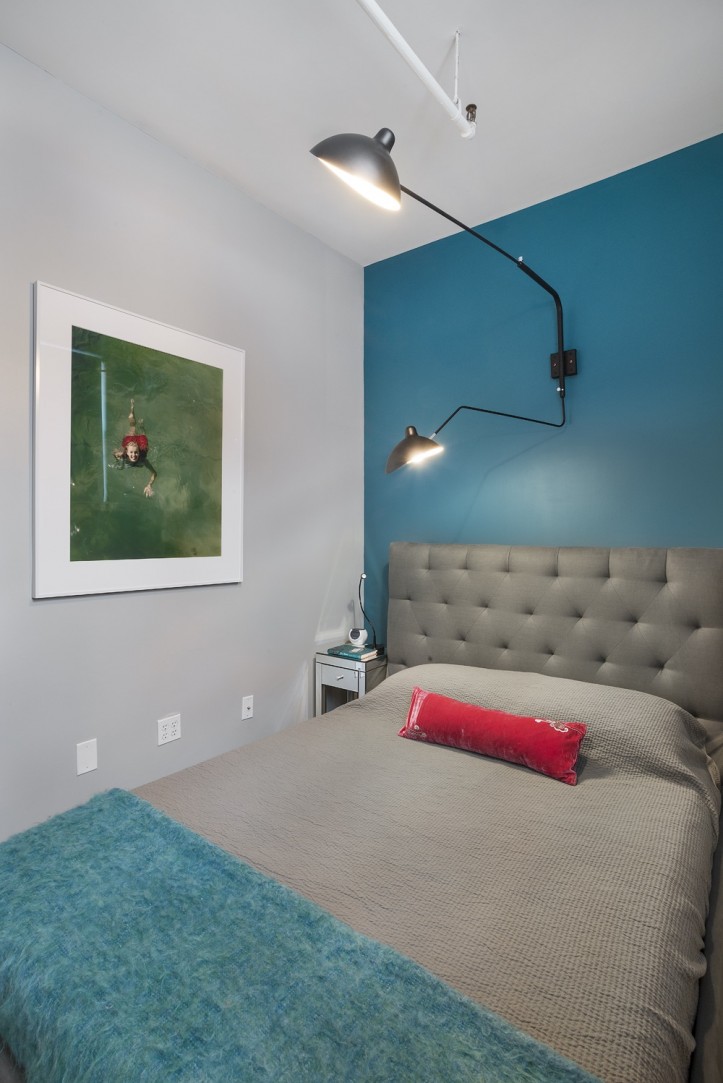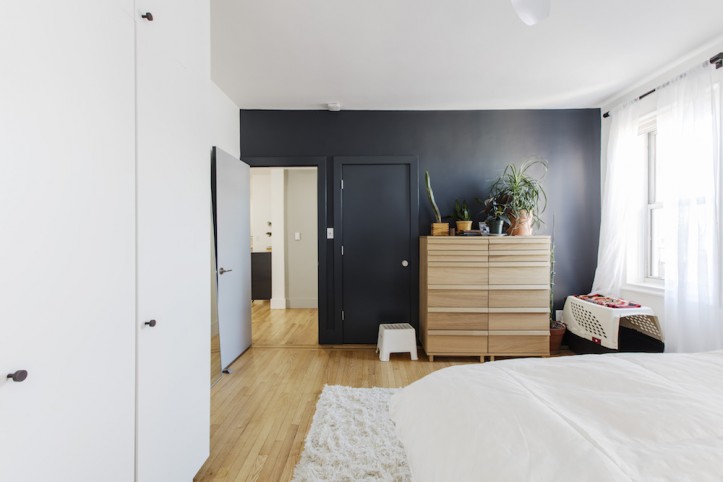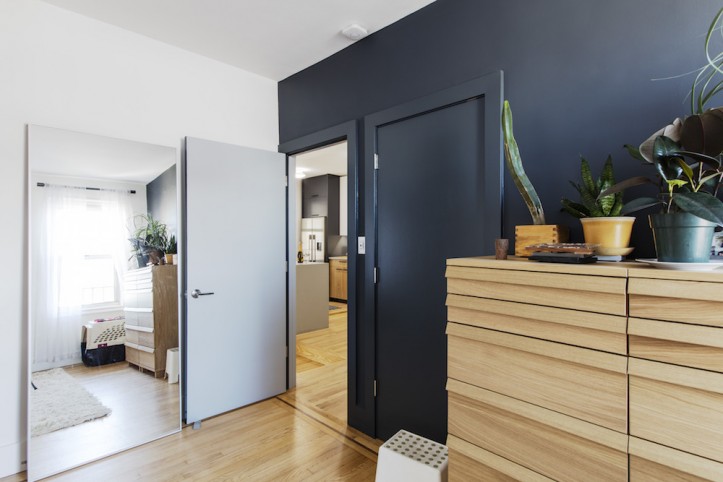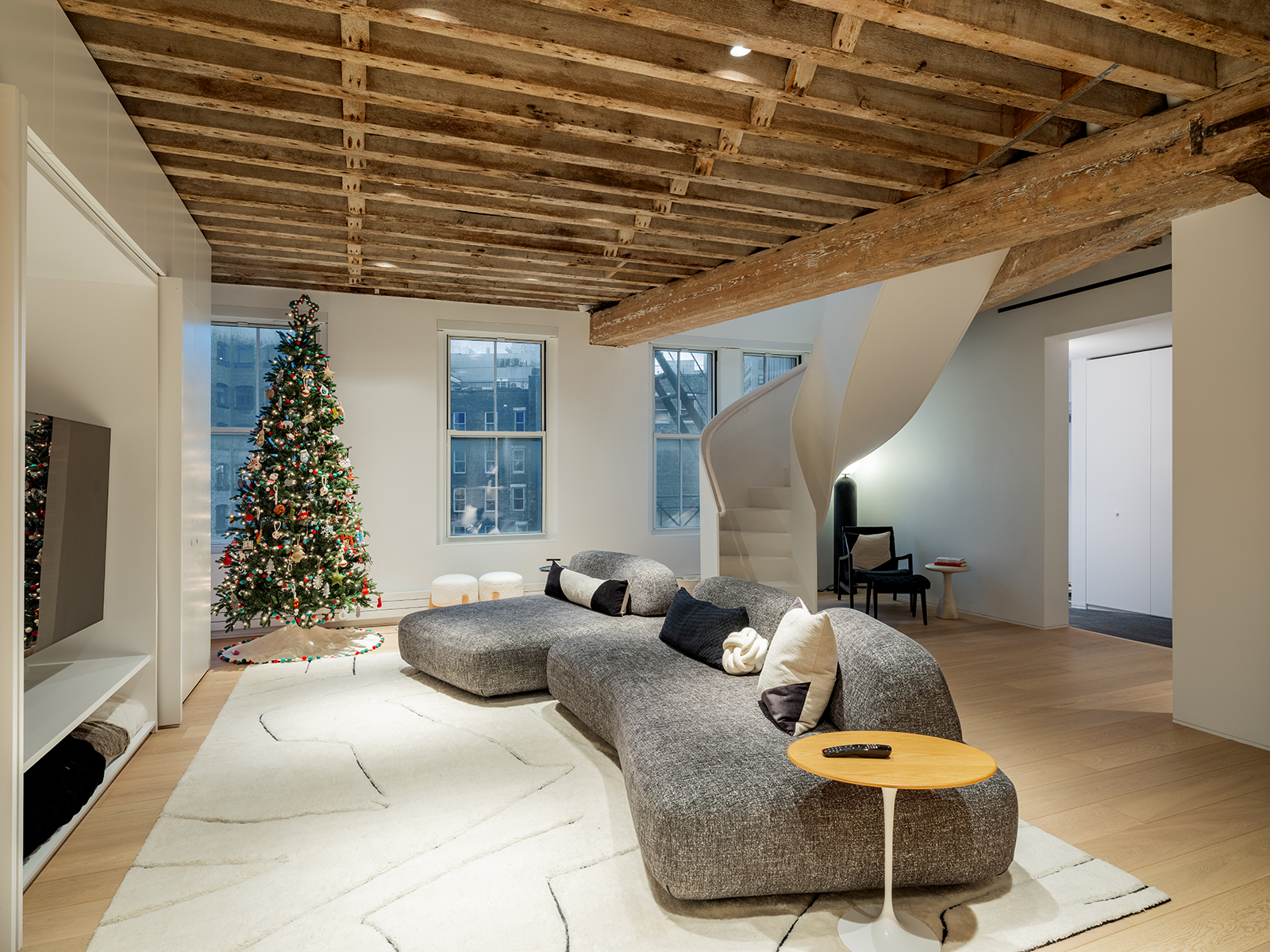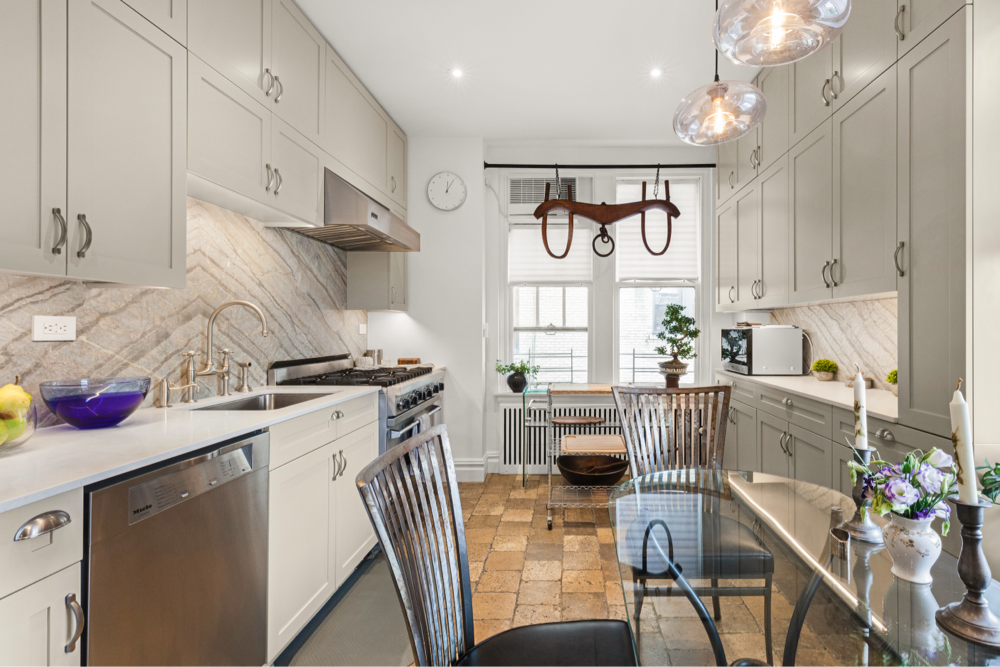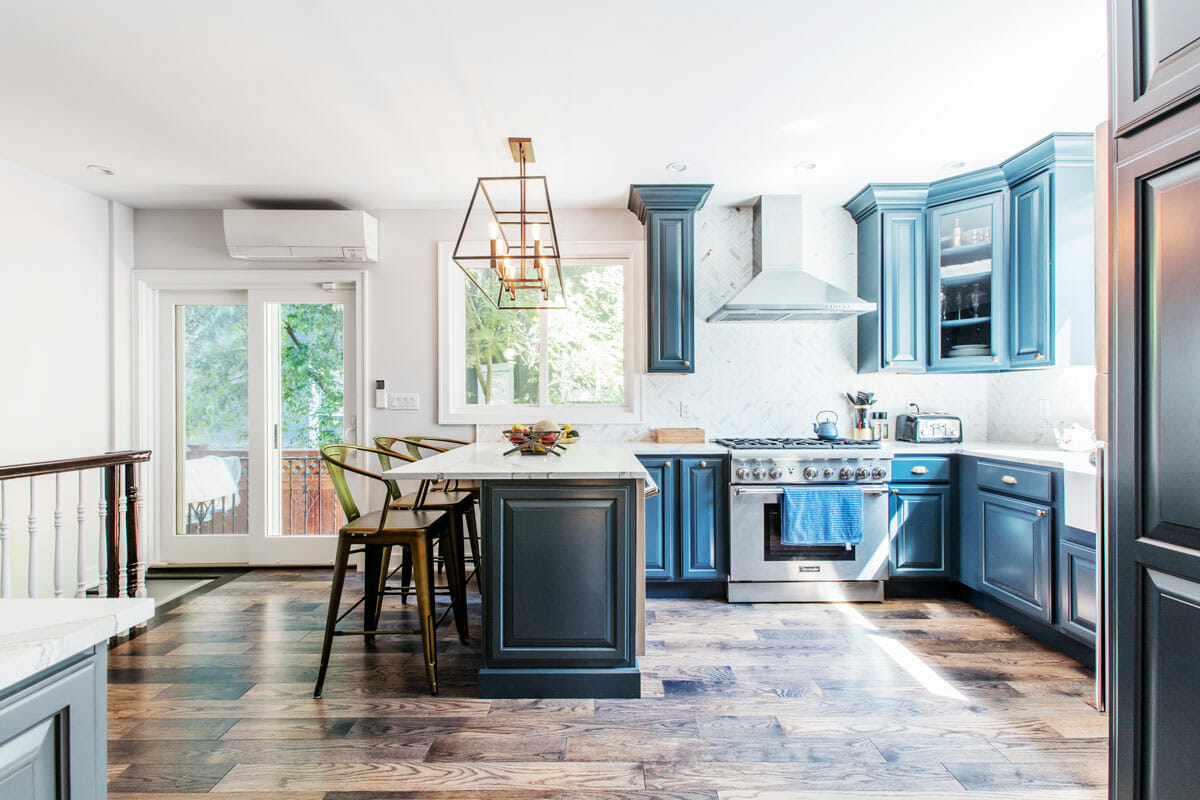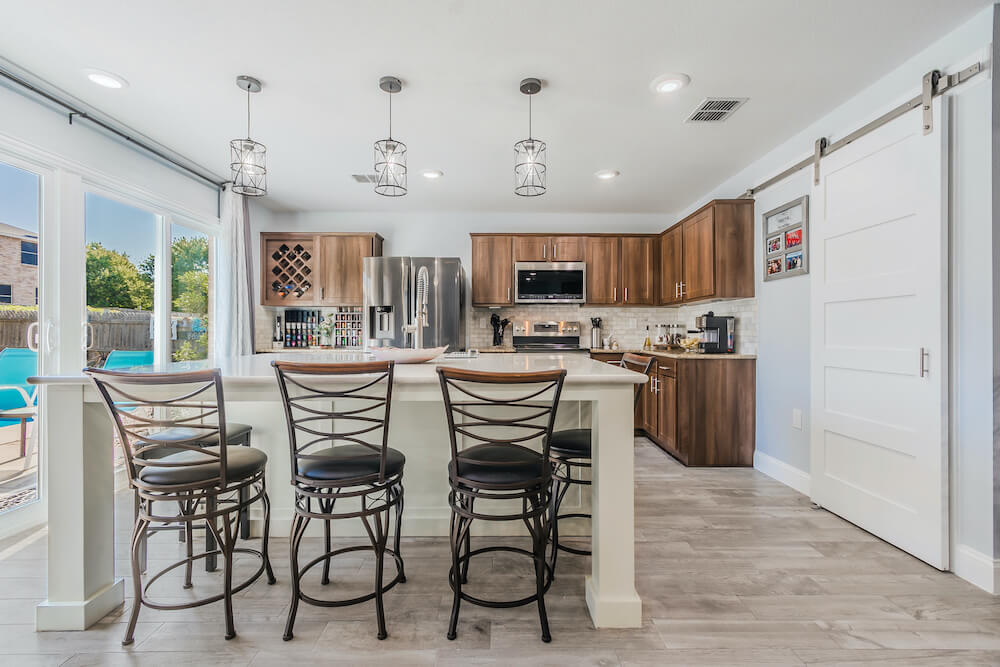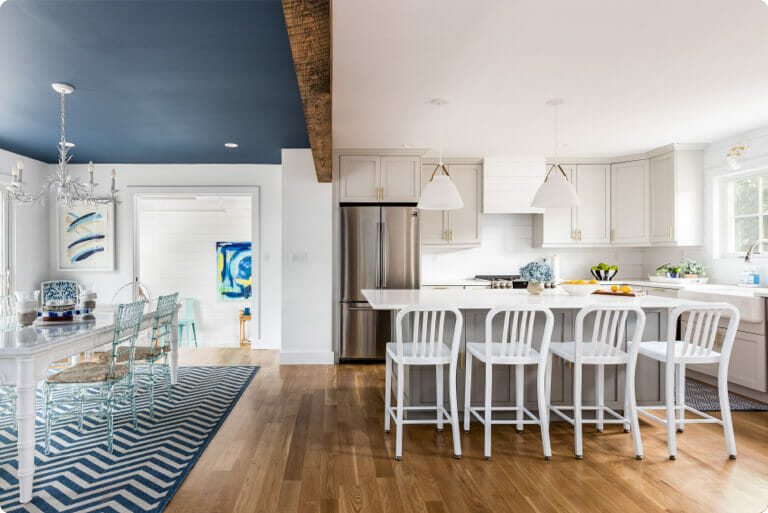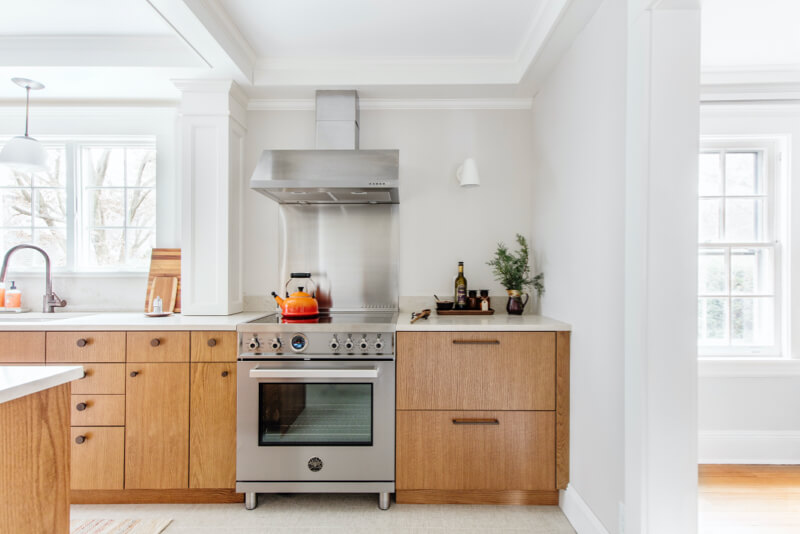Budget Basics: Interior Painting Costs
The cost to paint the interior of a home depends on the complexity of the project
Chances are pretty good that you’ve painted your walls before. Interior painting is a project that many are willing to tackle solo, and the prospect of a DIY job can be tempting given that the outlay is just the cost of paint and some inexpensive tools. But going pro is often the right choice, with real costs and real benefits, especially when painting is part of a more ambitious home renovation. Let’s take a look at why there are such wide variations in cost, and how to decide who is right for the job.
Costs for painting by the gallon & necessary equipment
There are many options for paint, but tried and true staples such as Benjamin Moore, Behr, Valspar, and Sherwin Williams are all available at your local hardware store or a big box store like Home Depot or Lowe’s. By the gallon, these brands rarely exceed $50 and usually average around $30, depending on the specifics. You can also go upscale with a luxury paint like Farrow & Ball, where a gallon will run you $100, or Fine Paints of Europe, at approximately $110 a gallon. Additionally, you’ll probably need to pay for primer, which averages around the same cost as paint. The rest of the supplies—rollers, extenders, brushes, trays/pans, and paper or tarp—will represent a small percentage of your total budget. For example, a brush costs a few dollars at any local hardware store, and a 36” x 900’ roll of brown paper costs $39 at Home Depot (enough for a very large paint job.)
Variables that’ll impact costs to paint a home’s interior
Here’s where it gets more complicated: like most other types of renovation work, painting is very site-specific. This means that all the charming idiosyncrasies of your prewar apartment (e.g., the crown moldings, prized paneling, that curved hallway wall) translate into higher painting costs. Many experts will refuse to provide a bid without a site visit, and with good reason. They need to make a visual assessment of the condition of the walls and surroundings before providing a competitive estimate. They will want to know:
- What condition are the walls in and how much prep will be required?
- How high are the ceilings, what are the specific dimensions of the surfaces, and how much trim detail is there?
- What is the quality of work in the rest of the apartment? (This helps them assess where to land on the spectrum of “rental grade” to “luxury” in terms of the finished product.)
- Is there furniture to work around? How much of it?
- Is there lead present in the existing paint?
- What are the building restrictions on construction work?
- Where is the site?
Painters use all of this information to assess how many labor hours the job will require. For example, they take into account how much commuting time will be required, and how long a day they will be allowed to work. They think about whether they’ll have to circle the block and monitor a meter, or if they can just park in your driveway. And, they note how much prep will be necessary, in addition to the actual painting time.
One other variable to keep in mind is that small projects tend to offer less bang for your buck because there is some time that elapses between steps. For example, if your project is limited to one bedroom, there isn’t anything else the workers can do while they are waiting for the primer to dry, whereas if your project includes more rooms, they can alternate working in different spaces. For a small project, you end up paying for the whole day anyway, because waiting becomes part of the job.
Labor costs for painting
Interestingly, painters are often willing to provide their per-hour rate to clients, unlike general contractors or millworkers, whose projects are not as easily broken down into an hourly rate. This means that once you know the per-hour rate that your painter charges, and how many hours the job will take, there is very little mystery to how your project will be billed. Sweeten brings homeowners an exceptional renovation experience by personally matching trusted general contractors to your project, while offering expert guidance and support—at no cost to you. Renovate expertly with Sweeten
While hourly labor rates do vary, they typically start at about $25 to $30 per hour on the low end and average around $50 to $60 per hour for an experienced painter (not a huge range.)
Preparation before interior painting walls
The real disparity in painting costs arise because of the amount of time spent on prep. Prep work is what makes the difference between a rental-grade finished product and a high-end, luxury one. Perfectly smooth walls and incisive clean lines are difficult (and thus expensive) to come by, so it is often just a question of how much imperfection a homeowner is willing to live with.
If one painter provides a $5,000 bid for a project while another painter bids $3,000, most of the difference will be in the amount of prep. The higher bid will probably involve carefully “raking” the walls (a process that involves darkening the room and using a small spotlight to highlight problem spots), systematically repairing all the spots, applying and sanding down compound, and then a thorough cleaning of all the surfaces to ensure maximum paint adhesion. The lower bid will likely skip over some of these steps to reduce labor hours.
Unsurprisingly, detail work takes a lot of prep. Taping and prep steps double as soon as you introduce a line of molding in a contrasting color, and trim details are critical focal points so your design choices and architectural details will come into play in determining project timeline and cost.
Many renovators have also wondered about skim-coating, a particularly time-intensive (and thus costly) aspect of prep work. Skim-coating is a process in which you smooth out the wall by rolling thinned-out, all-purpose joint compound (“mud”) on the walls, and then immediately smooth it out with a knife edge. Because the mud dries quickly, it can only be applied in small patches. And each layer is thin, so it may require multiple layers to even out very bumpy or textured walls. Although it sounds relatively simple, it requires skill and experience to do well. As a result, skim-coating is billed separately, and at a higher rate (roughly $10 to $20 more expensive than painting by the hour), and will also take more time than the painting itself. That combination of a higher hourly rate and more time needed for skim-coating can easily double the cost of the project.
Skim-coating is a big undertaking. If you’re on the fence about whether your walls need it, you might compromise by focusing on areas that are well lit (where defects are easy to see) or in rooms that you plan to paint with a gloss or semi-gloss paint (these finishes tend to magnify imperfections). You might decide that a very visible wall that gets lots of natural light needs the full treatment, while walls that aren’t quite as prominent or immediately visible upon entry get a bit less focus. Pause in each room and think about where your eye hits when you walk in and out and when you are naturally using the room. You may find that only one out of four walls really needs the re-surfacing that skim-coating provides.
And lastly, if there is lead paint detected in your home, there are additional steps that workers must take to contain dust. Painters will need to ensure special staging of the work site with plastic tarp, and use special vacuums that do not recirculate dust into the air. Again, more time spent prepping equals more money.
Review surfaces and walls before beginning to paint
As a homeowner, you can start by assessing the condition and complexity of the space, and think through how much prep and perfection you want to include in your budget. An empty room with walls in decent condition might just need one to two painters over one to two days of work to get a fresh coat up, whereas an entire home with varied surfaces and heavy furniture will require a full team working over the course of two weeks or more to prep, paint, and finish across a variety of spaces.
—
Want to know how much to budget for your remodel? Check out Sweeten’s costs guides including the Cost of Kitchen Remodels and the Cost of Bathroom Remodels.
Sweeten handpicks the best general contractors to match each project’s location, budget, scope, and style. Follow the blog for renovation ideas and inspiration and when you’re ready to renovate, start your renovation on Sweeten.
Hardware or big box stores like Home Depot or Lowe’s will usually charge $30-50/gallon. Upscale paint brands can cost $100/gallon or more. Calling in experts? Painting labor starts at $25-30/hour, with an average of $50-60/hour for experienced painting contractors. The amount of prep the walls will need before being painted will also factor heavily into final costs.
